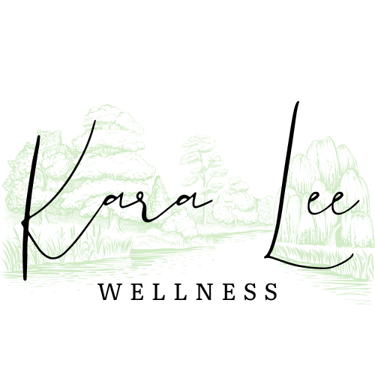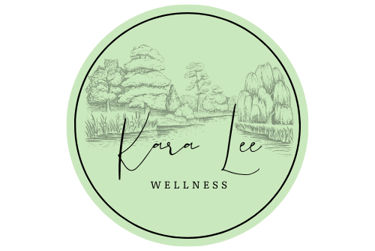How To Read Nutrition Labels Like A Pro
A guide to help you understand the food labels and make better decisions for you and your family while grocery shopping
HEALTH AND WELLNESSFOOD LABELSHEALTHY SWAPS
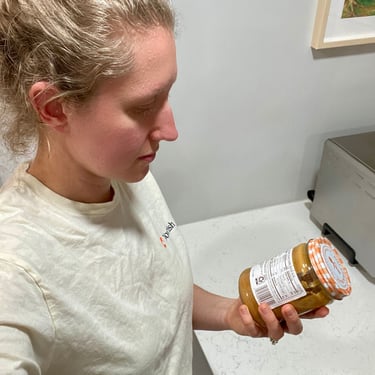

How many times have you found yourself wandering the aisles of the grocery store and picking up a product, trying to read the nutrition facts label and either putting it back, or just hoping it isn't the worst option out there? You aren't alone. I have spent countless hours reading labels and trying to figure out what is best. So, I want to share that knowledge with you to make it easier for you to make quality food choices for you and your family!
First things first, when it comes to food labels, they are normally on foods that have been processed in some way. So, any whole foods like fruits and vegetables won't have food labels. There are foods that I still want to consume like meat, dairy, and some grains that will have food labels on them so that doesn't mean all "processing" is terrible. It depends on what the process is and what ingredients have been added. With that said, there are quite a few ingredients and processes that are not beneficial to our health and I want to support you in knowing how to tell what is helpful. (Side note, because there are new additives and ingredients being created all the time or changing names my list probably won't be all inclusive, but I will do my best.)
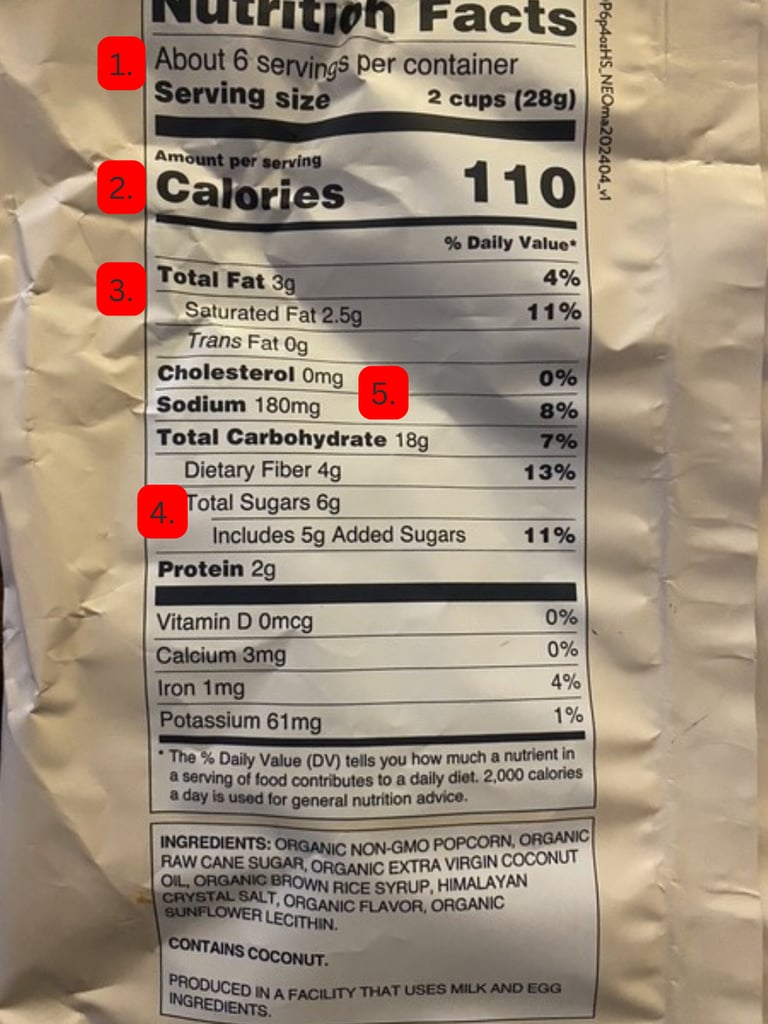

We are going to start from the top of the food label and work our way down.
First, you will see about how many servings are in the whole container of the food and then what a serving size is. This helps you to read the rest of the numbers based off of that serving size or if you eat the whole container how much to multiply it by.😉 For example 2 cups of this popcorn has 3g of fat and 2g of protein. If you ate 4 cups you would have about 6g of fat and 4g of protein.
Second, is calories. I normally do not care about calories unless there is a strict/specific health condition that we need to pay attention to this. The quality matters more than the amount of calories overall.
Third, is the macro and micro-nutrient breakdown of the food. This almost always includes protein, fat, and carbohydrates, along with sodium, fiber, cholesterol, and then whatever vitamins and minerals may be included. The main things I look at for this section is making sure there is no Trans-fat, and that the protein to sugar/carbohydrate ratio is within a good range. What this means is I prefer foods to have lower amounts of sugar and higher protein and fiber content. This one has a higher sugar content so I would know this is more of a treat than a staple in the diet. (*It is recommended to get less than 25g of added sugar a day)
Fourth, total sugar vs. added sugar. The total stands for how much total sugar there is in the product including what is naturally occurring and what is added. Added sugar is the sugar that is added to the product and not what is naturally occurring. We want to have added sugars as low as possible.
For sodium, cholesterol, and fiber sections these are just extra as I don't look to them for main sources of these nutrients in snack foods specifically. Especially since the sourcing can vary wildly. Sodium, cholesterol, and fiber are all important for overall health, but again focusing on whole foods will go a long way to support those nutrients.
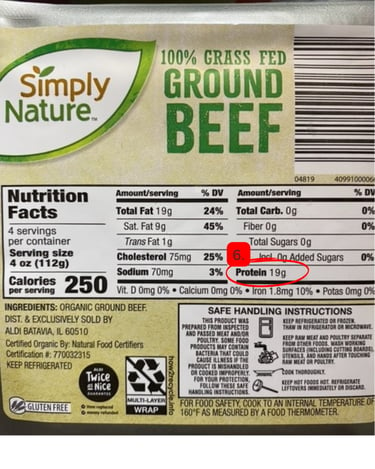

For protein, I will normally check the packaging if I am eating for the protein content like in meat or dairy products. I also like to make sure that the protein is higher than sugars and carbohydrates when looking at protein bars or protein products. Many products will say high in protein, but the sugar is higher than the protein. I skip those ones. As far as the vitamins and minerals listed, I don't focus on getting my vitamins and minerals from packaged foods, just whole foods and meat and dairy.
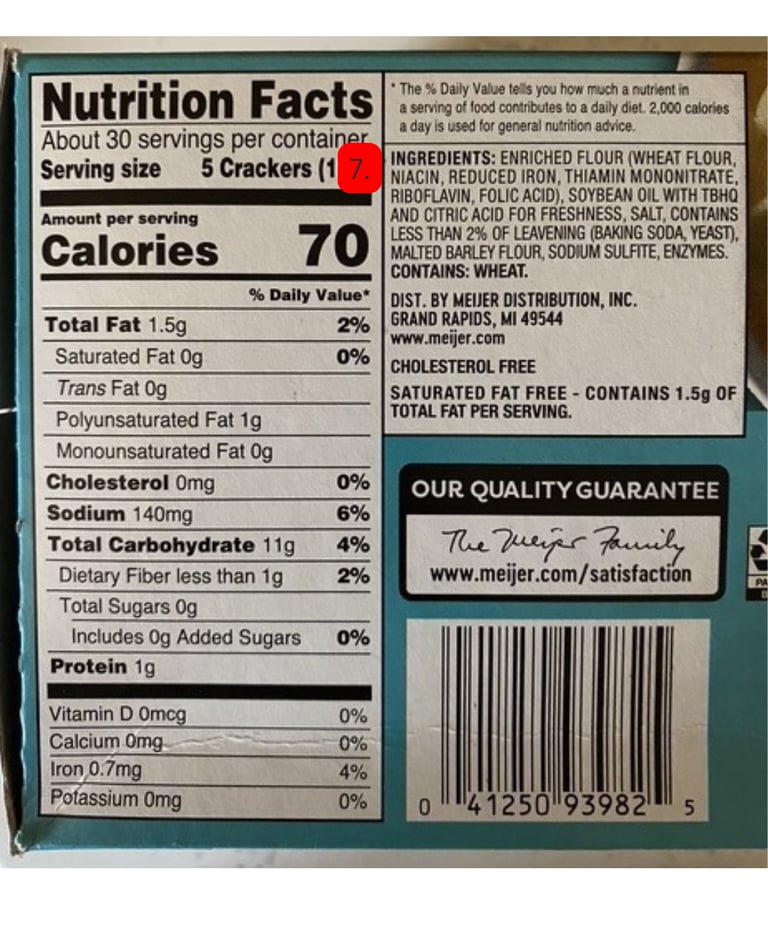

The final section of the label is the ingredients list. This section shows all the ingredients used to make the product, listed in order of quantity, from most to least. For example, if enriched flour is the first ingredient, it means that it makes up the largest portion of the crackers. On the other hand, enzymes, listed last, are present in the smallest amount. By looking at the ingredient list, you can easily identify which ingredients are most abundant in the product.
Now, we can talk about the main reason you probably clicked on this post which is interpreting the ingredients list. How do we know what is beneficial and what is not? Sourcing and processing of the ingredients matter and sometimes that can be hard to determine. That is why whole foods/least processed foods should always make up the bulk of your intake. But, when you are looking for a snack or something to add in even good things like dairy, nut butter, beef jerky, what should you look for?
Here are some good rules of thumb to help you find "better" products:
Fewer ingredients listed is better
Being able to actually read the ingredients and know what they are
Organic can be helpful, but it depends on what is "organic"
Ignore the outside labels of "natural," "heart healthy," "low fat," etc. all of that is just greenwashing and doesn't matter until the ingredients can prove otherwise
No trans fat listed
The lower the sugar content the better (as long as it isn't replaced with artificial sweeteners *see below)
Here are what should be avoided (again this won't be all inclusive as there are many ingredients, names, and variations out there, but this will be a good start):
Trans Fats: hydrogenated and partially hydrogenated oils
Seed Oils: vegetable oil, sunflower oil, canola oil, soybean oil, safflower oil, etc.
Artificial Sweeteners: aspartame, sucralose, saccharin, and more. Others like stevia and monk fruit can sometimes be ok depending on the sourcing, but should still be limited. If doing sugar raw organic, maple syrup, and honey are the best options
High Fructose Corn Syrup: HFCS-55 & 42, corn syrup solids, fructose corn syrup, corn sugar, isomerized corn syrup, etc.
Artificial Food Dyes: Yellow 5, Blue 1, Yellow 6, Red 40, just if you see any color names with a number, put it back
Monosodium Glutamate: MSG, glutamate, glutamic acid, yeast extract, hydrolyzed yeast extract, sodium glutamate, etc.
Carrageenan
Nitrates and Nitrites
BHA & BHT
Most Ingredients Ending in ATE: These can include phosphates, potassium bromate, sodium benzoate, potassium sorbate, propyl gallate, polysorbate-80, etc.
Refined/Enriched/Fortified Grains & Dairy Products: Refined grains normally have less fiber and lack ingredients leading to blood sugar spikes. Enriched/Fortified grains and dairy just means they put synthetic vitamins back in which are normally not helpful for most people.
Artificial & Natural Flavors: Artificial you can avoid for sure, but natural is a tricky one, because sometimes the "flavors" are fine, but a lot of times they are not. They don't have to specify what they mean by natural flavors, so it is best to avoid them as much as possible.
Gums: Guar gum, gellan gum, xanthan gum, etc. These aren't always the worst, but limiting them as much as possible is beneficial.
There are other ingredients that sometimes need to be avoided due to sensitivities or allergies such as dairy, gluten, soy, nuts, etc. Most of those are pretty straight forward and have better labels especially for gluten and dairy. If you have any questions about those please feel free to reach out!
Congratulations, you're now a label-reading expert! 🎉 This skill will help you make informed food choices, especially when it comes to packaged foods that support mental health, sleep, energy levels, digestive health, and more. By understanding food labels, you'll be able to make decisions that benefit both your own health and the health of your family, including during pregnancy and for future children.
If you have any questions or additional thoughts, I’d love to hear from you. I’m always looking to improve my site and provide the best information possible. Thank you for reading!
